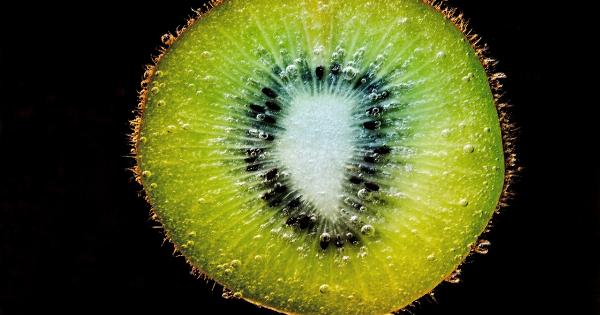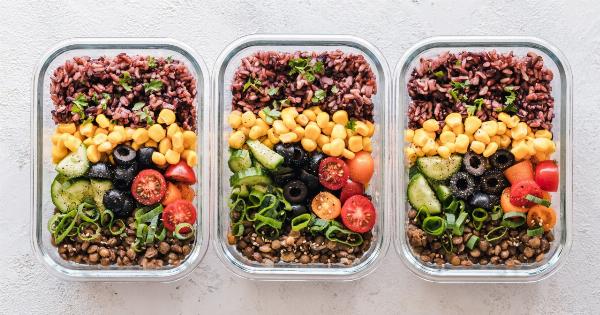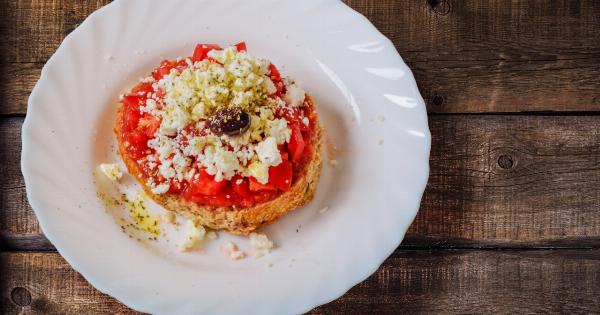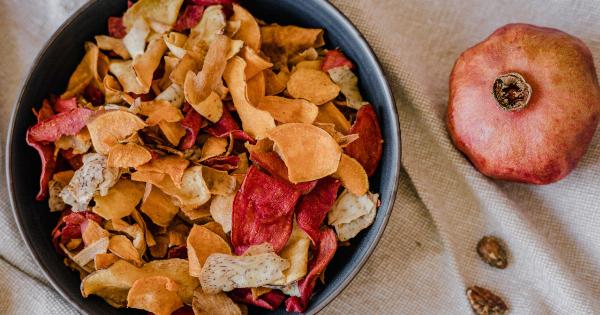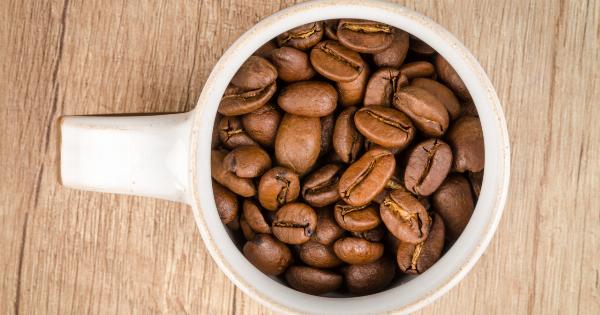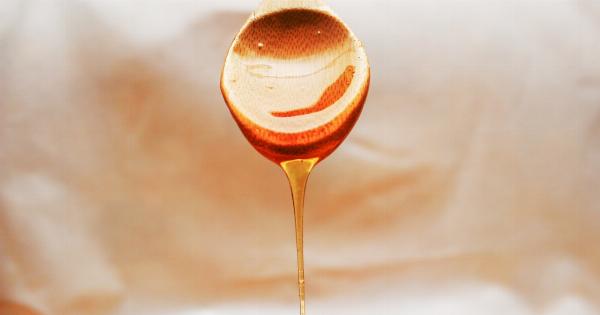If you’re a fan of Greek cuisine, then you’ve probably heard of tzatziki. It’s a refreshing dip made with yogurt, cucumber, garlic, and herbs.
But have you ever had tzatziki in a pie? If not, you’re missing out on something delicious. Round tzatziki pie is a traditional Greek dish that combines flavorful ingredients and spices to create a savory, yet light and refreshing meal.
If you’re watching your calorie intake, you may be wondering how many calories are in a slice of round tzatziki pie. In this article, we’ll discuss the calorie content and nutritional composition of round tzatziki pie.
Calories in Round Tzatziki Pie
A serving of round tzatziki pie typically weighs around 100 grams. Depending on the recipe, it may have varying calorie counts. However, in general, 100 grams of round tzatziki pie contains around 120 to 150 calories.
Keep in mind that other factors like the size of the slice, toppings, and ingredients can affect the calorie count.
Nutritional Content of Round Tzatziki Pie
While round tzatziki pie is not exactly a low-calorie food, it does offer several nutritional benefits. Here are some of the nutrients you can expect to find in a typical serving of round tzatziki pie:.
Protein
Protein is an essential nutrient that plays a vital role in building and maintaining muscle mass, supporting organ function, and regulating metabolism. In a serving of round tzatziki pie, you can expect to find around 6 to 8 grams of protein.
This protein typically comes from the yogurt used in the recipe.
Fats
Round tzatziki pie isn’t typically a high-fat food, thanks mostly to the fact that it’s made with yogurt instead of heavier creams or cheeses. However, you may find some fats from olive oil or other ingredients used in the recipe.
A typical serving of round tzatziki pie contains around 6 to 8 grams of fat, most of which are unsaturated and considered healthy for heart health.
Carbohydrates
Carbohydrates are the body’s main source of energy, making them an essential part of any diet. A serving of round tzatziki pie contains around 10 to 15 grams of carbohydrates, mostly from the flour used in the crust.
This amount of carbs is relatively low, making round tzatziki pie a suitable option for those on a low-carb diet.
Fiber
Fiber is a type of carbohydrate that cannot be digested by the body. It serves to regulate digestion and keep blood sugar levels steady. A serving of round tzatziki pie typically contains around 1 to 2 grams of fiber.
While this may not seem like a lot, it’s still a small contribution toward daily fiber intake.
Vitamins and Minerals
Round tzatziki pie contains several vitamins and minerals that are essential for good health. These include:.
- Calcium: Yogurt is an excellent source of calcium, which is important for building and maintaining strong bones and teeth.
- Potassium: Cucumbers, which are a main ingredient in tzatziki, are a good source of potassium. Potassium is necessary for heart health and blood pressure regulation
- Vitamin C: Herbs and spices used to flavor tzatziki contain vitamin C, which is an antioxidant that helps protect cells from damage.
- Vitamin B12: Yogurt is also an excellent source of vitamin B12, which is important for brain function and nerve health.
Final Thoughts
Round Tzatziki Pie is a delicious and nutritious dish that offers several health benefits. It’s low in calories, high in protein, healthy fats, and several essential vitamins and minerals.
When consumed in moderation, round tzatziki pie is an excellent addition to a healthy and balanced diet.

